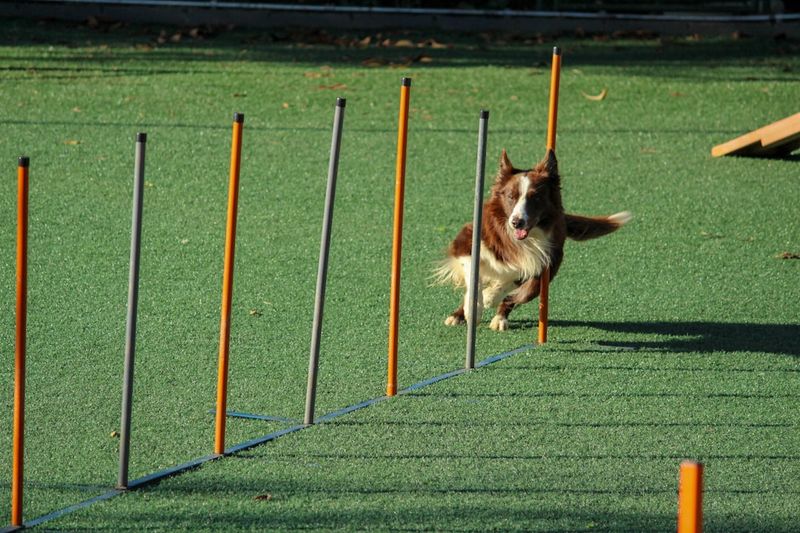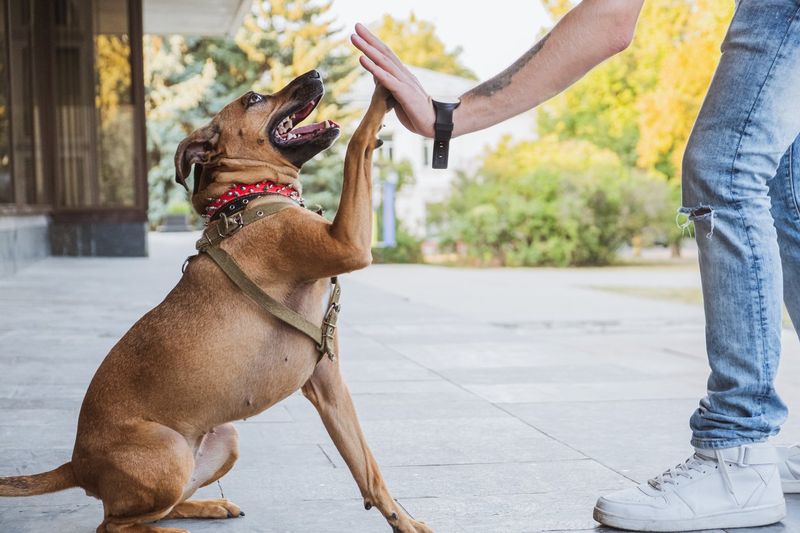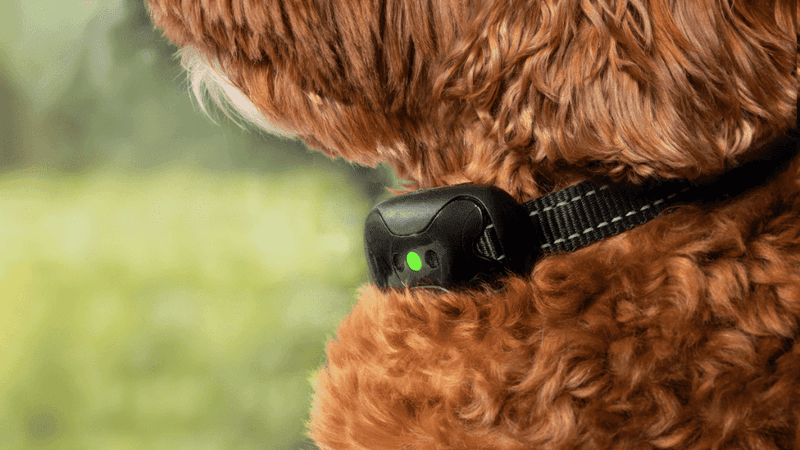15 Easy Ways To Stop Your Dog From Barking At Everything

Dogs bark for many reasons – from alerting us to danger to expressing excitement or anxiety. While barking is natural, excessive noise can strain relationships with neighbors and disrupt your peace at home.
Fortunately, with consistent training and understanding why your furry friend feels the need to vocalize so much, you can teach them appropriate times to speak up and when to stay quiet.
1. Understand Why Your Dog Barks

Before solving a problem, you need to understand its cause. Dogs bark from boredom, fear, territorial protection, attention-seeking, or separation anxiety.
Watch closely to identify what triggers the barking. Is it strangers passing by? Other animals? Or simply when you’re busy with something else?
2. Provide Plenty Of Exercise

A tired dog is typically a quiet dog! Physical activity burns excess energy that might otherwise become noisy frustration.
Aim for at least 30 minutes of vigorous exercise daily – more for high-energy breeds. Morning walks, fetch sessions, or backyard playtime can dramatically reduce attention-seeking barks.
3. Mental Stimulation Games

Boredom often leads to problem barking. Puzzle toys that dispense treats challenge your dog’s mind and keep them occupied for hours.
Rotate different toys weekly to maintain interest. Teaching new tricks also provides mental exercise – try five-minute training sessions several times daily for best results.
4. Create A Calm Environment

Many dogs bark at outside noises they can see or hear through windows. Simple changes can reduce these triggers.
Close curtains to block street views that might cause territorial barking. White noise machines or soft background music can mask outside sounds that might otherwise set off your alert pup.
5. Teach The “Quiet” Command

Ironically, teaching your dog to bark on command makes it easier to teach them to stop on command too!
Start with “speak,” rewarding controlled barks. Once mastered, introduce “quiet” – reward the silence that follows with treats and praise. Gradually increase the quiet duration before rewarding.
6. Ignore Attention-Seeking Barks

Dogs quickly learn which behaviors get your attention. If barking works to get pets, treats, or playtime, they’ll keep doing it!
When your dog barks for attention, completely ignore them – no eye contact, touching, or talking. Only give attention when they’re quiet, even if just for a moment initially.
7. Use Positive Reinforcement

Catching your dog being good is powerful training magic! When they remain quiet during typically triggering situations, reward them immediately.
Keep tiny treats handy for unexpected quiet moments. Praise should be genuine but calm – too much excitement might trigger more barking!
8. Try Desensitization Techniques

Gradually exposing your dog to barking triggers at low intensity helps them become less reactive over time.
For example, if visitors cause barking, start by having a friend stand far from your house, rewarding quiet behavior. Slowly decrease distance over days or weeks as your dog remains calm.
9. Consider Anti-Bark Devices

Humane tools like citronella collars emit a harmless spray when barking occurs, creating an unpleasant but safe consequence.
Ultrasonic devices emit high-frequency sounds dogs dislike when they bark. These can be effective for some dogs, though they shouldn’t replace positive training methods.
10. Manage Territorial Barking

Window-watching often triggers protective barking as dogs guard their territory from perceived threats.
Block access to favorite lookout spots during peak activity times. Window film that obscures views while letting in light works well. For yards, consider solid fencing rather than chain-link that allows dogs to see passersby.
11. Address Separation Anxiety

Excessive barking when alone often signals deeper distress. Gradual departure training helps build confidence.
Practice leaving for seconds, then minutes, slowly extending time. Special toys reserved for alone time create positive associations. Severe cases might require veterinary help or professional training support.
12. Create A Bark-Free Zone

Designate a comfortable space where your dog can retreat when overstimulated. This might be a crate, specific room, or bed.
Make this area ultra-cozy with favorite blankets and toys. When barking starts, calmly guide them to this space until they settle down. Never use this as punishment!
13. Try Calming Supplements

Natural supplements containing L-theanine, melatonin, or chamomile can reduce anxiety-related barking in some dogs.
Pheromone diffusers mimic calming dog hormones, creating a soothing environment. Always consult your veterinarian before trying any supplement, especially if your dog takes other medications.
14. Consider Professional Help

Sometimes barking issues require expert guidance. Certified dog trainers can spot subtleties you might miss and create customized training plans.
Veterinary behaviorists help with complex cases, especially those involving fear or anxiety. Don’t wait until neighbors complain – early intervention is more effective and less stressful for everyone.
15. Be Patient And Consistent

Barking habits develop over time and won’t disappear overnight. Consistency across all family members is crucial for success.
Create simple house rules everyone follows. Celebrate small improvements rather than expecting perfection. With time and consistent training, even the most vocal dogs can learn appropriate barking behavior.






